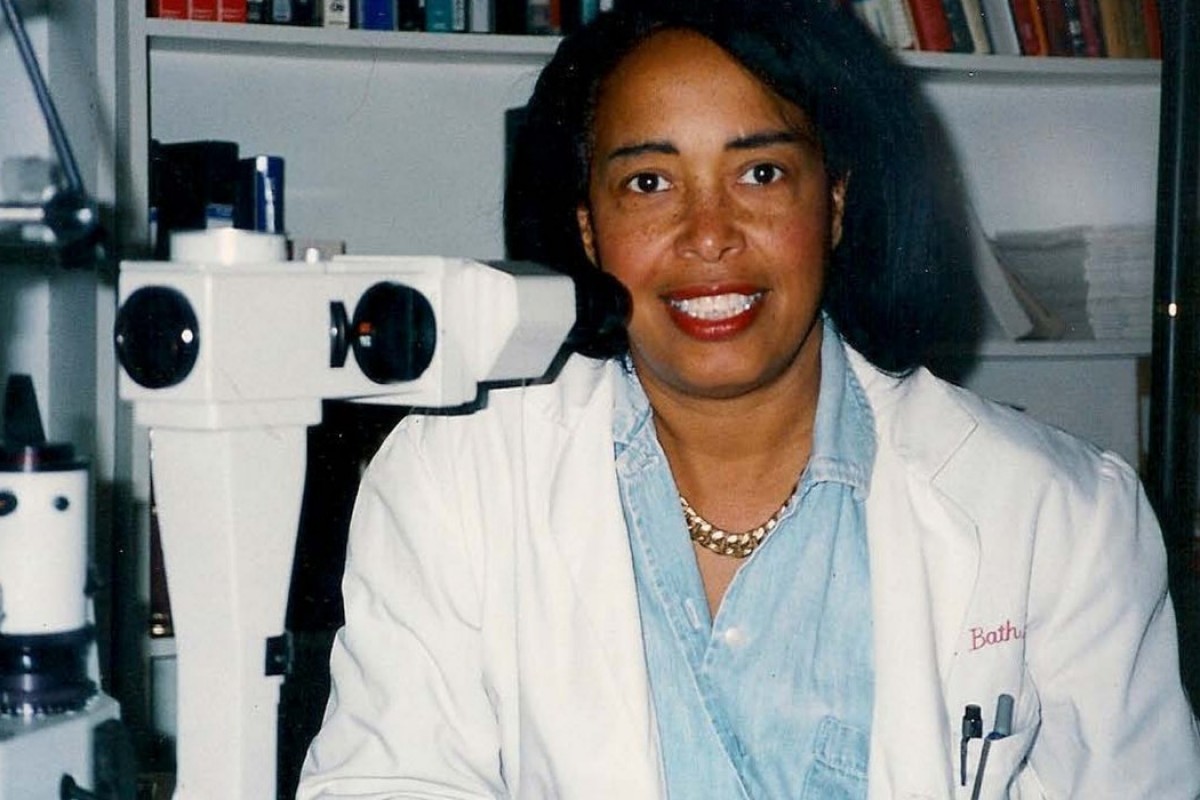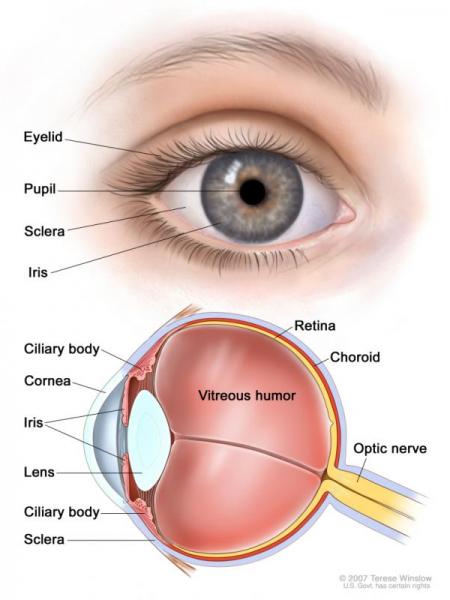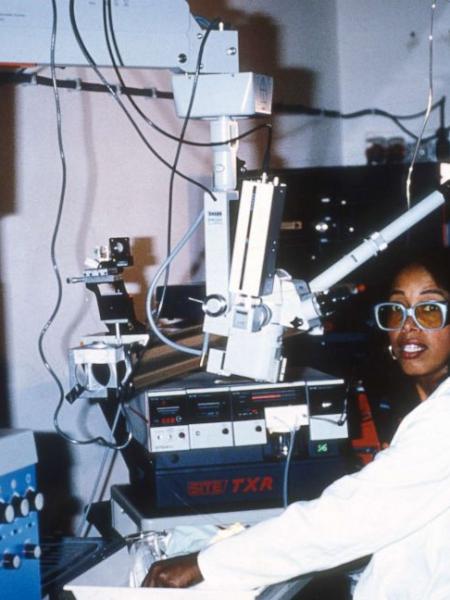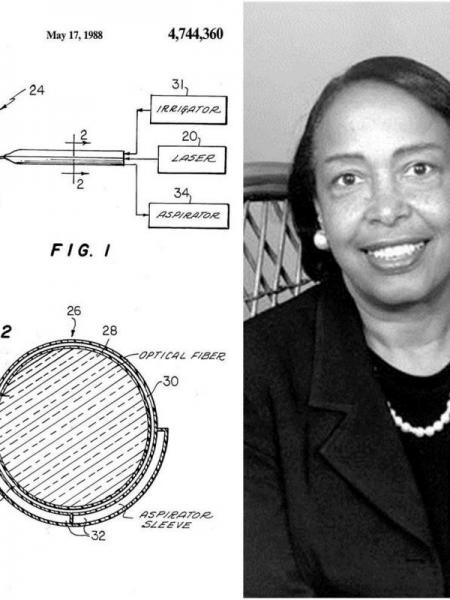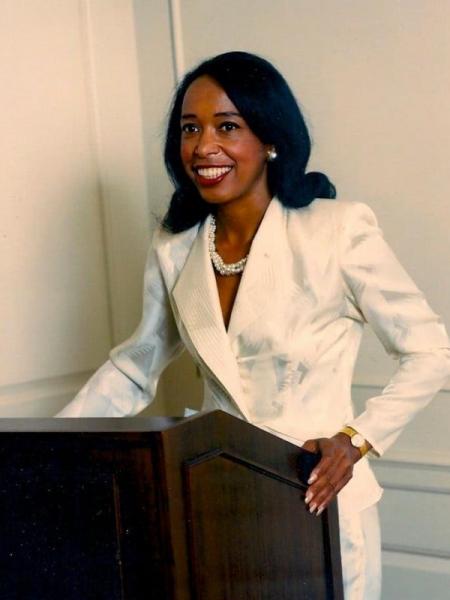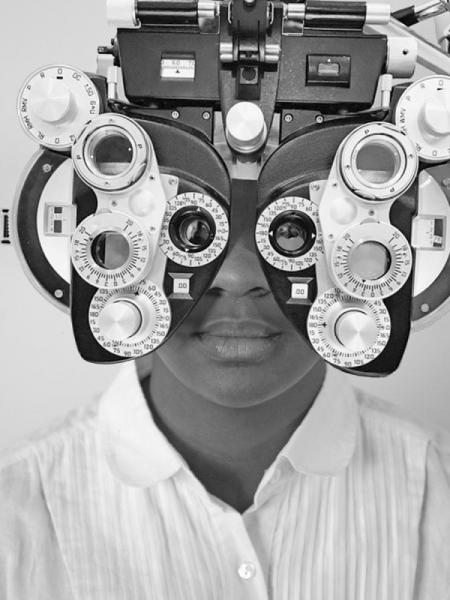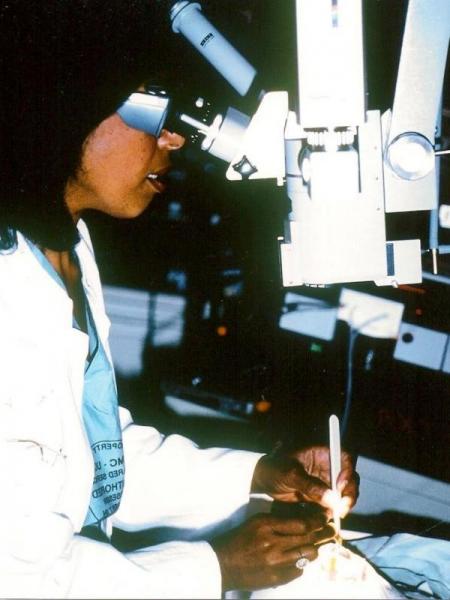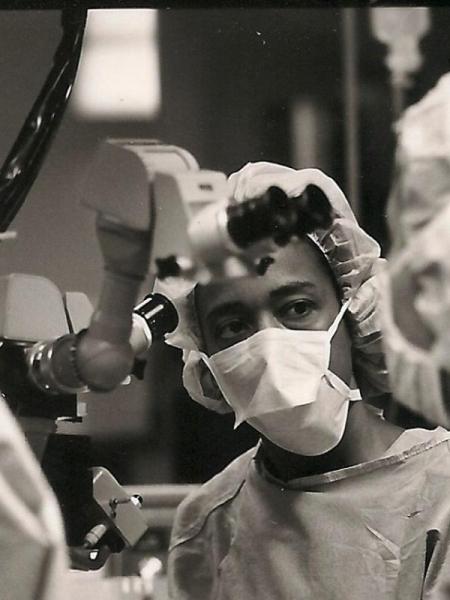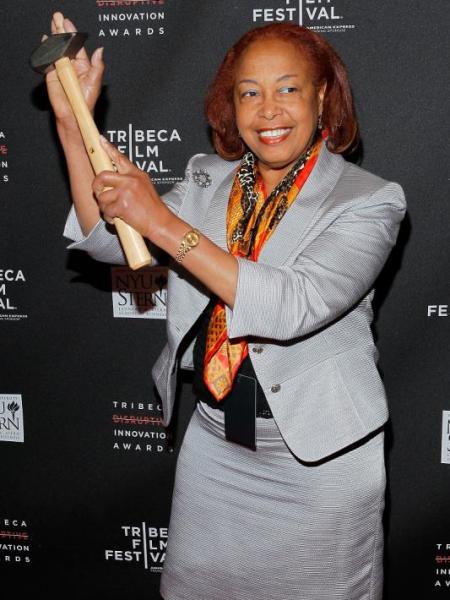Patricia Bath
Patricia Bath
The first African-American ophthalmologist who gives back the vision to people!
Patricia Era Bath is born 1942 in Harlem, New York. Her father is the first black man to work for the New York City Subway as a motorman, while her mother works as a domestic worker. Her parents encourage Bath to study, to get to know different cultures and never give up on her dreams!
From a very young age, Bath loves reading and exploring the nature around her! She enjoys role-playing, such as the nurse wears a stethoscope and look after her patients. Her mother, encouraging her dreams and love of science, gives her first chemistry set. Bath's excitement is huge! This toy is the reason that will lead Bath to a brilliant career!
Bath is a student at the Harlem’s school and she already stands out among her classmates. She is a diligent student, smart and loves math! Before she even finished high school, Bath wins a scholarship from the National Science Foundation. She is currently involved in a cancer research program at Yeshiva University and Harlem Hospital Center. This led to her cancer research earning a front-page feature in the New York Times and sharing it at the International Fifth Congress of Nutrition in Washington. Bath is only 17 years old and she’s already successful!
She continues her studies in chemistry and physics at Manhattan's Hunter College. Bath dreams to become a doctor for all of her life! That's why she moves to Washington and she’s attended to Howard University College of Medicine. Her freshman year at Howard coincided with the Civil Rights Act of 1964. Bath is nominated and elected as a president of the Student National Medical Association. She is the first female president of the Association in history! Bath's career takes off from that moment on! She participates in research and scientific conferences, meets outstanding scientists, wins awards. She completes her studies and returns to New York for her specialty. Ophthalmology is the science that has already won her heart!
The assassination of Martin Luther King Jr. (1968) influences Bath's thoughts! She is inspired by King's ideas and she decides to dedicate herself to the fight against racial discrimination, and in particular to the campaign against poverty. She organizes and leads Howard University medical students in providing volunteer health care services to the Poor People's Campaign in Resurrection City in the summer of 1968. Bath is now famous in the African-American community, she inspires new people, she takes care of her patients!
She completes her studies in ophthalmology at New York University and she decides to continue her studies at Columbia University in ophthalmic surgery and mainly in corneal transplantation. In both Institutions, Bath wins the position of Associate Professor. In fact, she’s hired by the University of California of Los Angeles (UCLA) and she founds the Ophthalmologist Training Program (OATP). Bath is the first female ophthalmologist to work at UCLA!
Them, she returns to her hometown and starts working at Harlem Hospital Center. There, she observes that the number of blind patients is higher, while there is no ophthalmologist working in the whole hospital! Bath starts to examine all these patients and research why they are blind. She manages to persuade her professors at Columbia University to begin operating on blind patients, without charge, in order to find the cause of the blindness. Bath with the Columbia team perform the first eye surgery at Harlem Hospital Center in 1969.
Her dedication to treating and preventing blindness leads Bath to her great discovery: the surgical tool that cures eye’s cataracts! In 1988, Bath becomes the first African-American woman to patent a medical invention. The Cataract Laserphaco Probe uses the laser’s power in order to treat cataracts in a quicker and painless way for patients. From that day, Bath gives back the vision to millions of people.
Bath continues to research and discover new things in the field of ophthalmology, while patenting five other inventions. She founds the American Institute for the Prevention of the Blind (AIPB), she gives lectures and writes more than 100 papers, while she continues to participate in humanitarian missions and never stops treat people with eye problems. Bath is an inspiration to many young girls who are dreaming a career in medicine.
Patricia Era Bath, after several health problems, dies at the age of 76 on May 30, 2019, at the Medical Center of the University of California, San Francisco.
Sexism, racism and relative poverty were the obstacles I faced as a young girl.
There were no female doctors. Surgery was a male profession.
EXPLORE
- Ophthalmologists use a large chart with large and small symbols to test how well we can see. This chart is called an "optotype". It usually has letters or numbers, and sometimes it has different drawings. Ophthalmologist examines each eye separately. In this way he can understand our visual ability. Find an optotype here. Print it on a large piece of paper and place it in front of you, but a little further away from you. Close one eye and try to see all the drawings! Which of them can you see more easily? What drawings are difficult to see? Don’t forget to make your own optotype with your own drawings!
- Although Patricia Bath has helped thousands of people to see, there are people who are unfortunately blind. Although they cannot see things with their eyes, they have the ability to see with their own hands! Find a piece of cardboard and a white craft glue. Draw various drawings with the glue on the cardboard, such as lines, houses, letters. Draw whatever you can imagine! Now tie your eyes with a scarf. Put your hand on the cardboard and touch the drawings you’ve made with your fingers. Which of these do you recognize?
- Not only ophthalmologists are interested in the eyes, but also the great painters! Many painters love to make portraits, to paint in other words people, and especially their faces in as much detail as possible. What are the most famous eyes? Click here and find out to whom each pair of eyes belongs to. What are they thinking? How do they feel? Don’t forget to make your own portrait!
